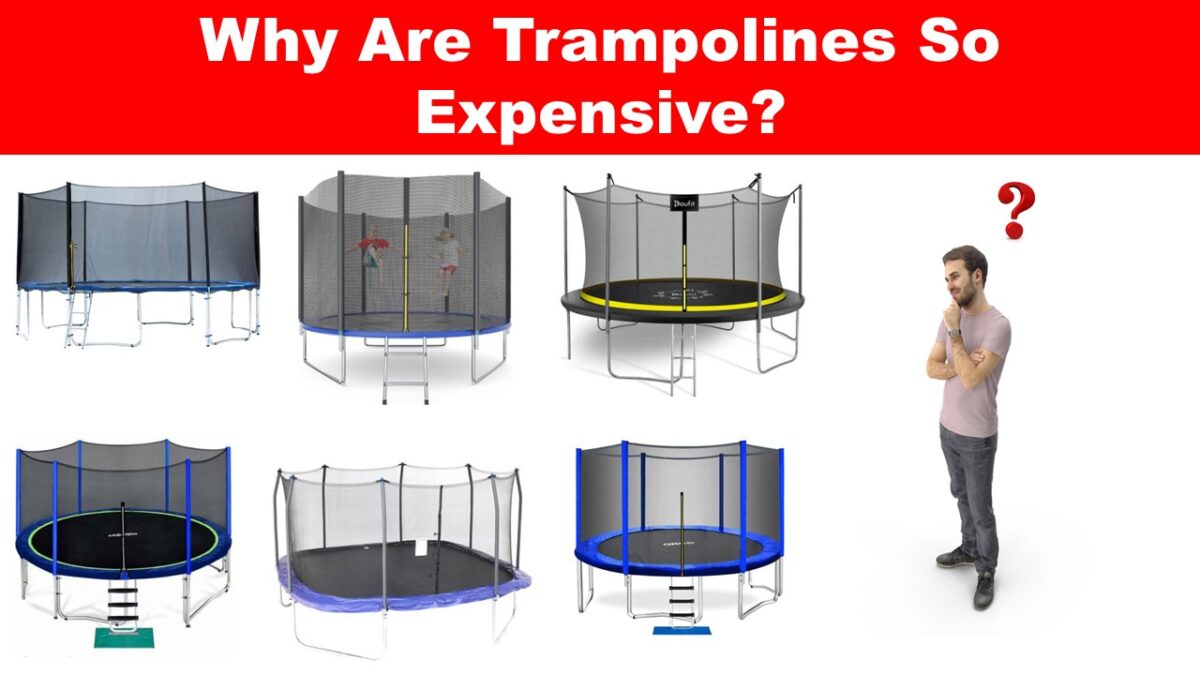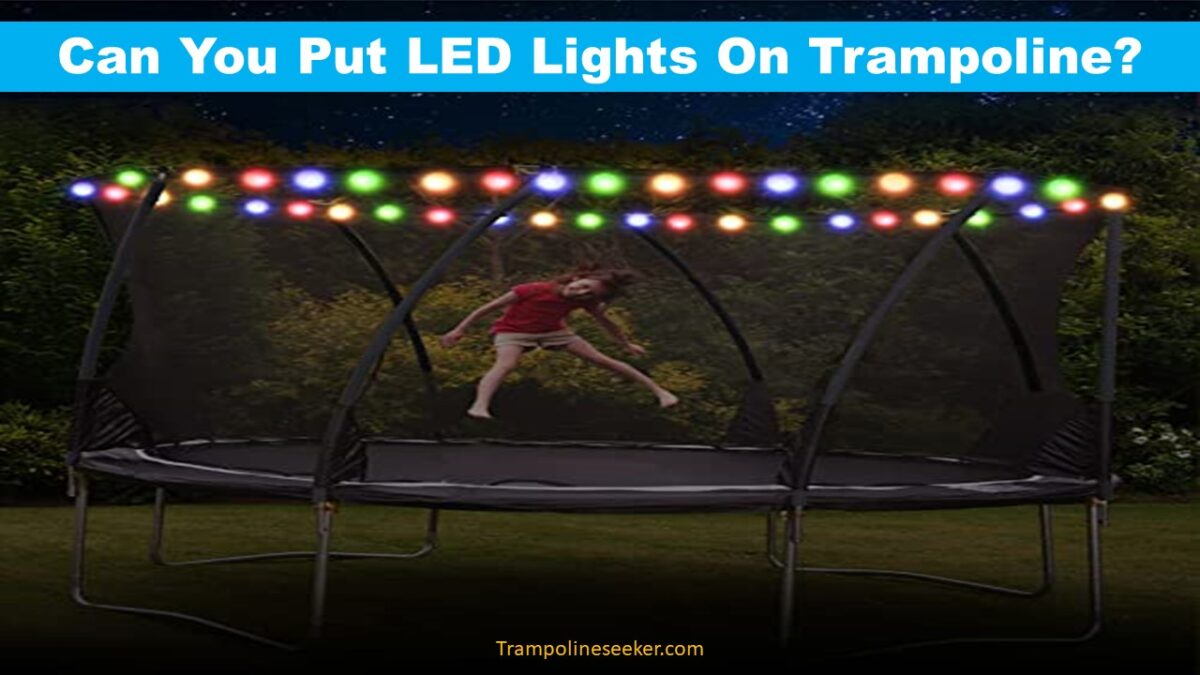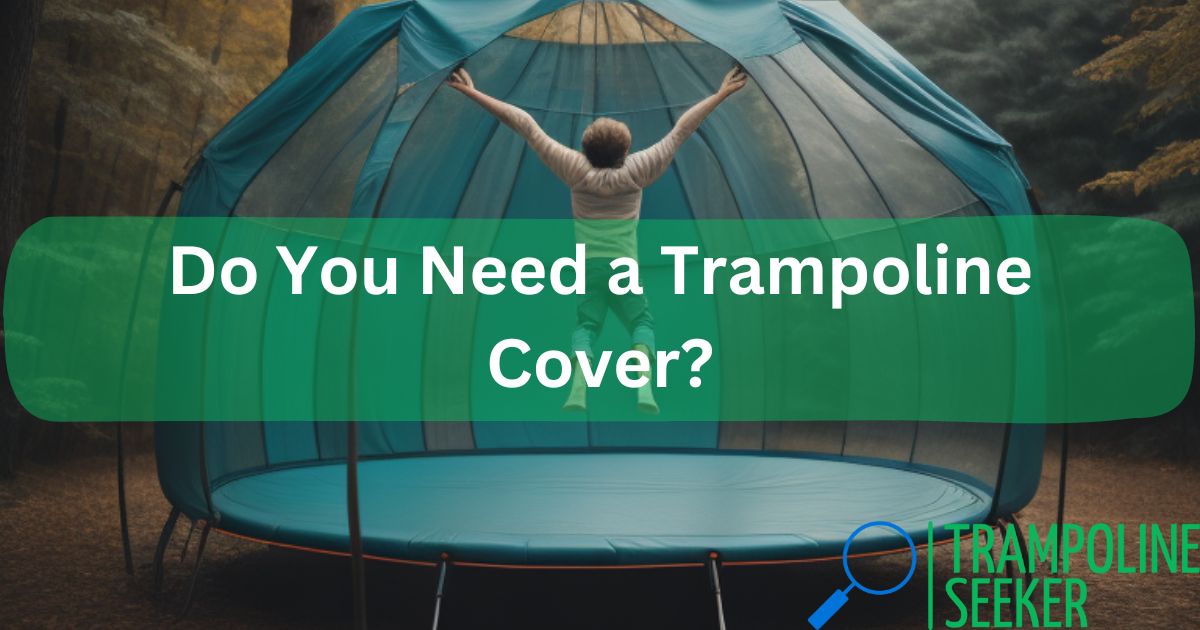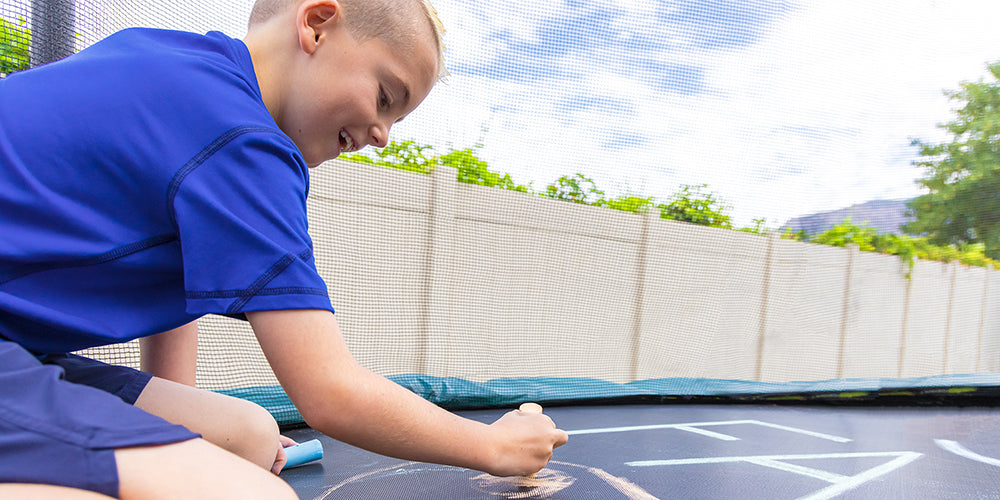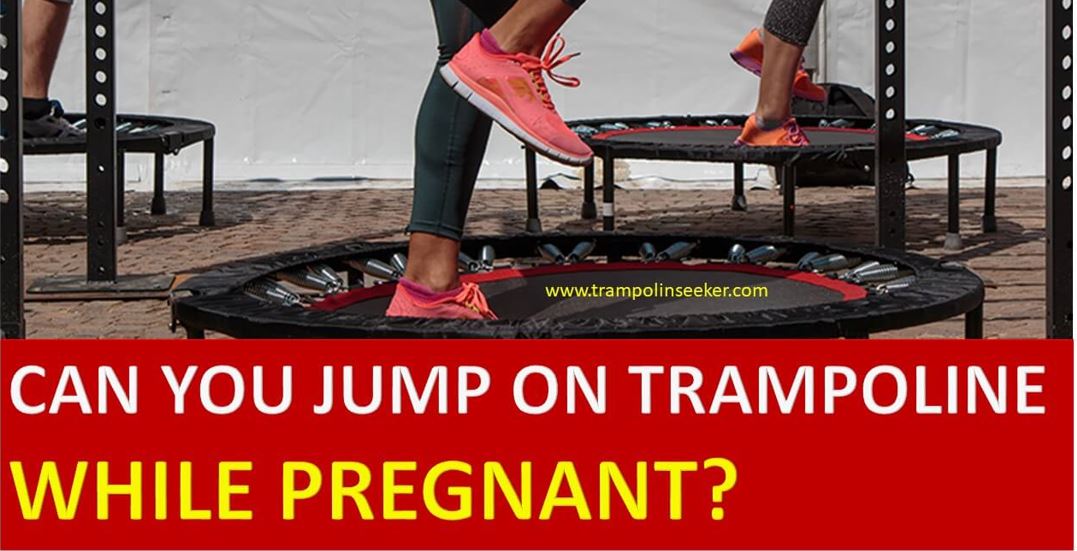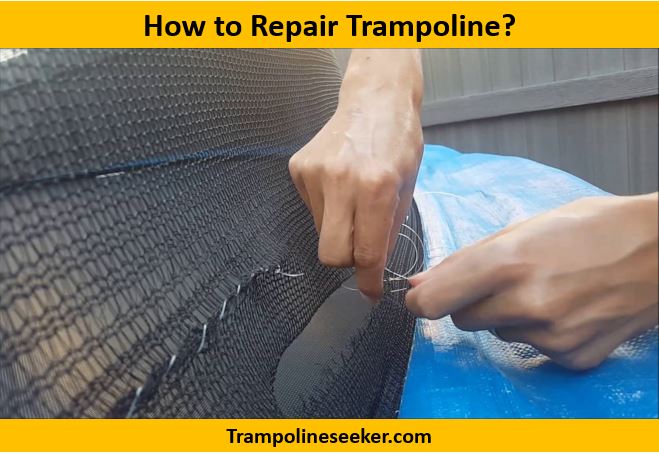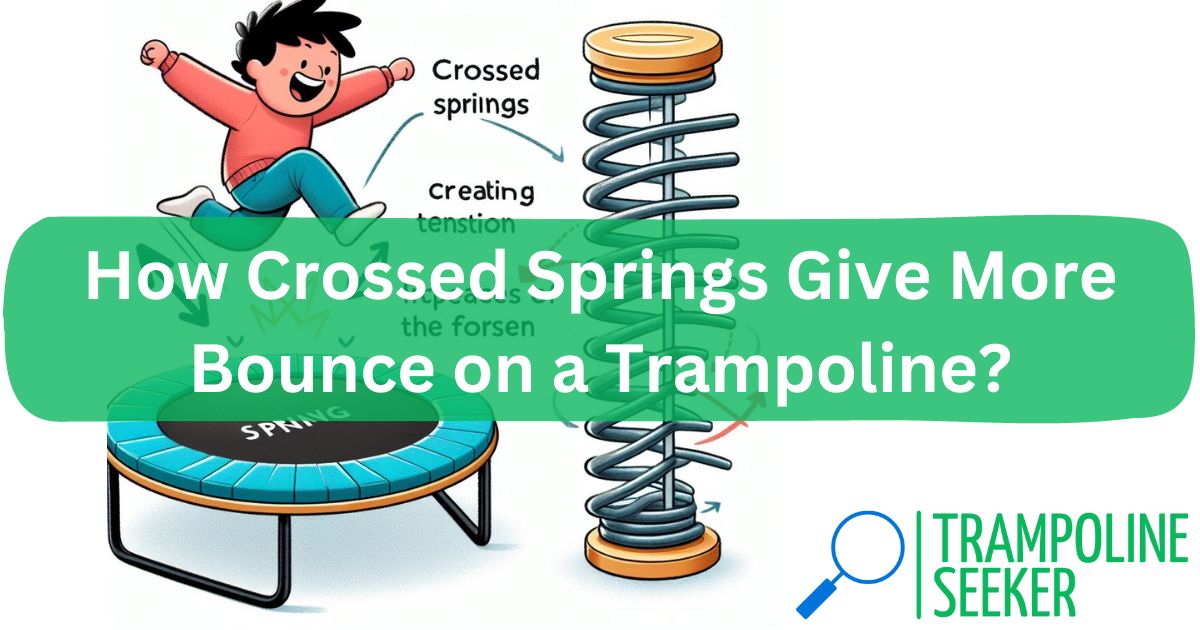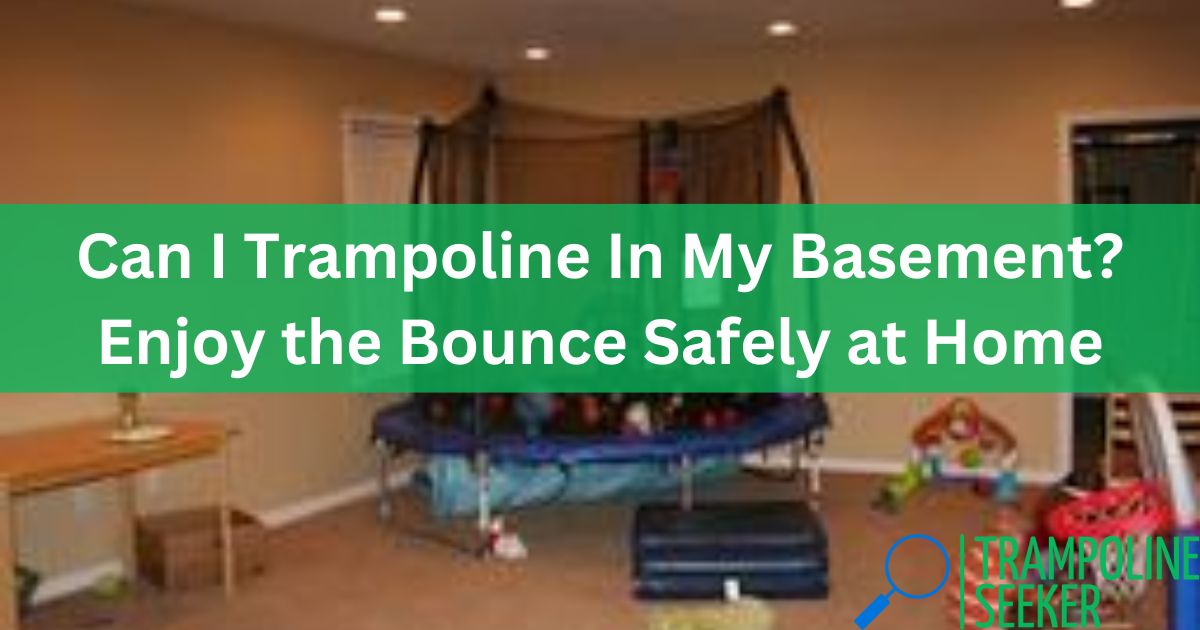Narrated by Mr. David, written by Ammar Masood, edited by M. Waqas Saeed.
I have been a gymnastics enthusiast my whole life. From the time I could walk, I’ve been flipping, spinning, and sticking landings with more bounce than Tigger on steroids. As an adult, I still center much of my exercise and recreation around gymnastics-style movements. So when the itch arose to install a top-tier trampoline in my backyard, instinct took over in pursuit of Olympic-grade equipment to satisfy my need for maximum air.
But procuring professional gear is an undertaking rife with decisions. In my quest to determine where I can buy an Olympic trampoline optimized for my backyard, I explored a range of questions. What features and brands stand out from the crowd? What sellers offer equipment suitable for personal, non-commercial use? How much will this aerial indulgence set me back?
Through extensive research and first-hand discussions with fellow trampoline fanatics, I uncovered the ideal solutions to fulfill my dream of homebound flight. From critical specifications to cost considerations, suppliers to setup, continue reading for the full scoop on securing elite backyard bouncing bliss.
Prime Features of an Olympic Trampoline

So what earns a trampoline that coveted “Olympic” designation? While no universal regulatory body officially certifies consumer-level equipment as competition grade, several key qualities set ostensive Olympic trampolines apart.
Competition Dimensions
The International Gymnastics Federation dictates exact size standards for trampolines used in sanctioned events:
- Length: 5.05 meters (16 feet 5 inches)
- Width: 3 meters (9 feet 10 inches)
- Diagonal: 6.15 meters (20 feet 2 inches)
These oversized dimensions provide expansive bounce space to enable aerialists to soar up to 10 feet high and complete multiple skill rotations before landing.
Ultra-Bouncy Beds
The bounce factor separates Olympic trampolines from basic backyard models. The bed—the part you actually jump on—utilizes exceptional materials and construction to facilitate tremendous spring and airflow.
Competition beds feature woven nylon or polypropylene webbings or strings stretched tautly across the sturdy frame. Premium fibers optimize rebound dynamics and withstand extreme repetitive impact without excessive stretching or wear.
Superior tensioning coupled with ample head clearance grants skilled jumpers the hang time, recoil, and midair control to nail complex flips and twists.
Rock-Solid Frames
Brawny, meticulously engineered frames provide the backbone of elite trampolines. Heavy-gauge galvanized steel or aluminum rods and overbuilt structural joints endure hardcore hobbyist handling with ease.
Competition-level units also integrate higher spring counts encased in weather-resistant steel casings. More springs equates to enhanced shock absorbency for smooth, cushioned landings after nail-biting maneuvers.
Where to Buy an Olympic Trampoline
Once aware of the construction particulars that classify a trampoline as “Olympic” caliber, the next step is tracking down retailers willing to sell this specialized equipment to non-commercial buyers. I discovered a handful of top-tier vendors catering to trampoline traditionalists like myself.
Rebound Products
This Canadian manufacturer has been handcrafting premier trampolines for over 35 years. Their exceptional craftsmanship shows in the buttery bounce and longevity of their string bed competition models. Rebound will sell their range-topping products to consumers, though their website lacks pricing specifics. Based on interactions with owners, expect to invest around $10,000 to $12,000 to bring one of their podium trampolines home.
Eurotramp
The gold standard of Olympic trampoline authority, this German engineering powerhouse builds beds and complete systems for training facilities and major competitions worldwide. Their website caters more toward outfitting gyms and athletes rather than individuals. But phone support staff confirmed that they will customize a competition trampoline package for a private buyer given acceptable proof of skill level. Plan on $15,000 or more for one of their elite setups.
Alibaba
This Chinese mega e-commerce hub offers an abundance of bargain-priced but still high-performing trampolines. Search keywords like “competition trampoline” and sift through the dozens of wholesale manufacturers touting their takes on Olympic-style equipment. Vet customer reviews and opt for well-rated suppliers advertising genuine competition dimensions, string or web beds, and upgraded springs. Though ordering, shipping, and setup logistics pose challenges, the potential cost savings justify the effort for some. I sourced a tip-top contender 16-foot string bed trampoline on Alibaba for around $5,000 including freight shipping.
Comparison Table
Supplier | Bed Type | Approx. Cost |
|---|---|---|
Rebound Products | String | $10,000-$12,000 |
Eurotramp | String or Web | $15,000+ |
Alibaba | String or Web | $3,000-$8,000 |
Optimizing Your Olympic Trampoline for Backyard Use

Once you’ve secured tournament-tier trampoline components, a few further considerations apply to ready your system for regular outdoor use.
Safety Accessories
While Olympic models tempt advanced aerial maneuvers, ensure your setup includes safety precautions like protective padding to cover springs and frame edges and durable netting enclosures. These essential accessories prevent injuries from errant bounces and lend peace of mind for hardcore skills.
Weather Protection
Though competition materials resist moisture and UV damage better than budget options, taking measures to shield your trampoline from the elements will maximize longevity. Install a sloped roofing structure to enable rainfall runoff without puddling. And utilize weatherproof covers when not in use to fend off snow, ice, sun, and dirt.
Surface Mounting
Elevating your trampoline atop a level platform or sunken pit lends stability while also allowing water drainage underneath. Or permanently mount the frame in a concrete footer for the utmost in year-round bounce readiness.
My Olympic Trampoline Quest Conclusion
Ultimately, through extensive research and expert input, I secured my backyard gold via an Alibaba 16-foot string bed system from a reputable Chinese supplier. Even with added charges for custom netting, padding, and freight shipping, the total came in under $6,500 delivered—a steal compared to similar elite setups.
Installation required Herculean effort to mount in a poured concrete trough. But after a week of taxing labor, my competition-grade trampoline stood ready to serve up gold-medal-worthy bounce in my own backyard. And let me tell you, sticking that first double layout felt like I just cleared the vault table to clinch the Olympic all-around title!
So for those fixated on flipping like Simone Biles in their own outdoor refuge, securing legitimate Olympic-level trampolines is indeed possible with the right research and budget. Just brace for sticker shock compared to basic bounce models—and prepare to put some sweat equity into setup. For me, the chance to channel my inner Gabby Douglas while gazing at the clouds makes every penny and sore muscle so worth the effort!
Other Related Blogs:
Frequently Asked Questions
What is the difference between Olympic trampolines and other trampolines?
Olympic trampolines feature competition regulation dimensions, ultra-bouncy string or web bed construction, high spring counts, and reinforced framing to enable advanced aerial maneuvers. They provide substantially more lift, hang time, and recoil than recreational or fitness trampolines.
Can I really buy an Olympic trampoline if I’m not a gym or athlete?
While some high-end trampoline makers cater primarily to gyms and training facilities, brands like Rebound and Eurotramp will customize competition-level systems for qualified private buyers. Chinese manufacturers also offer Olympic specs at attractive price points to consumers.
Is it difficult to install an Olympic trampoline outdoors?
Olympic trampolines require hardcore mounting provisions to ensure stability during intense use. Permanently situating the frame in a sunken concrete pad or platform is ideal for robustness and drainage. But thematerials overall hold up better outside than budget recreational options.
How much daily jump training is too much on an Olympic trampoline?
Listen closely to your body’s signals, and take rest days whenever soreness or fatigue set in. One to two hours of moderate jumping daily should be fine for most healthy adults. But seek guidance from a coach or physio if pursuing intense, high-impact Olympic-style training long-term.
Articles You May Like to Read:



